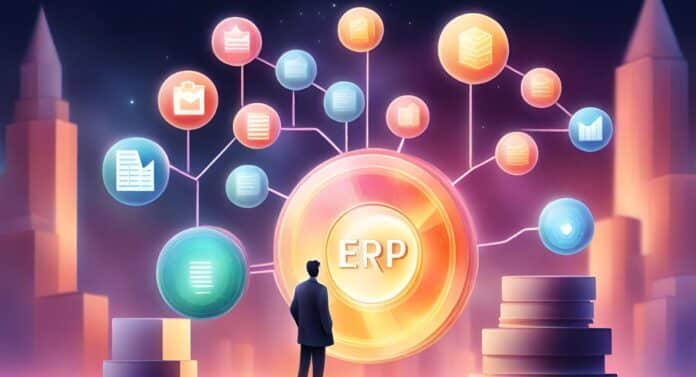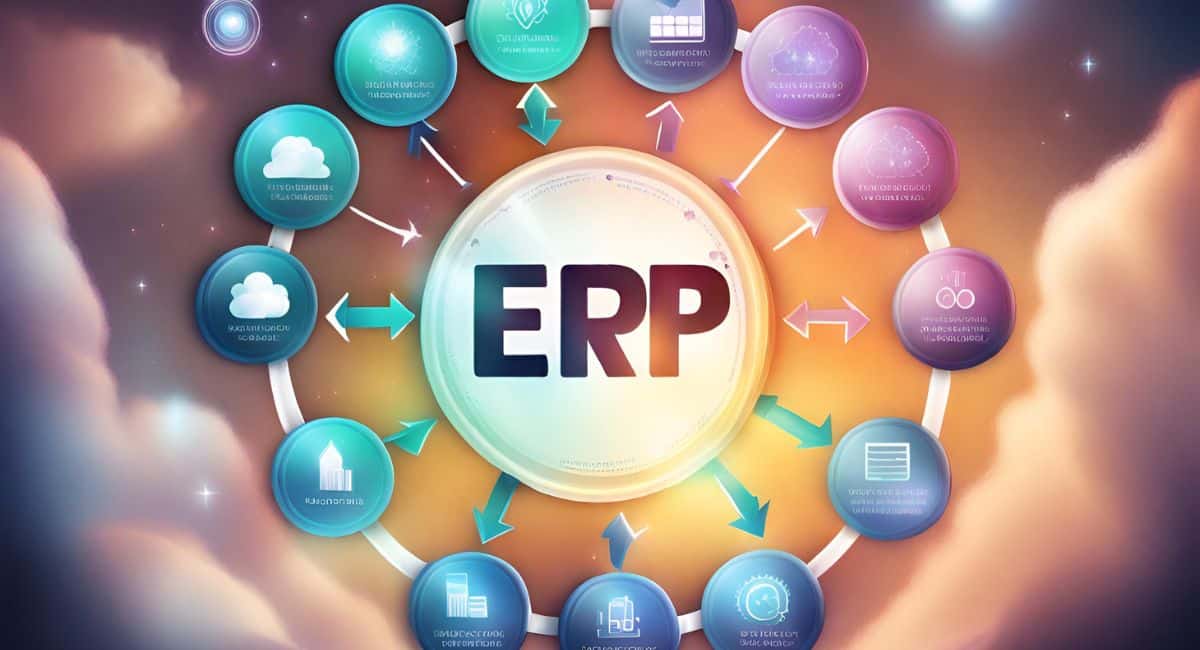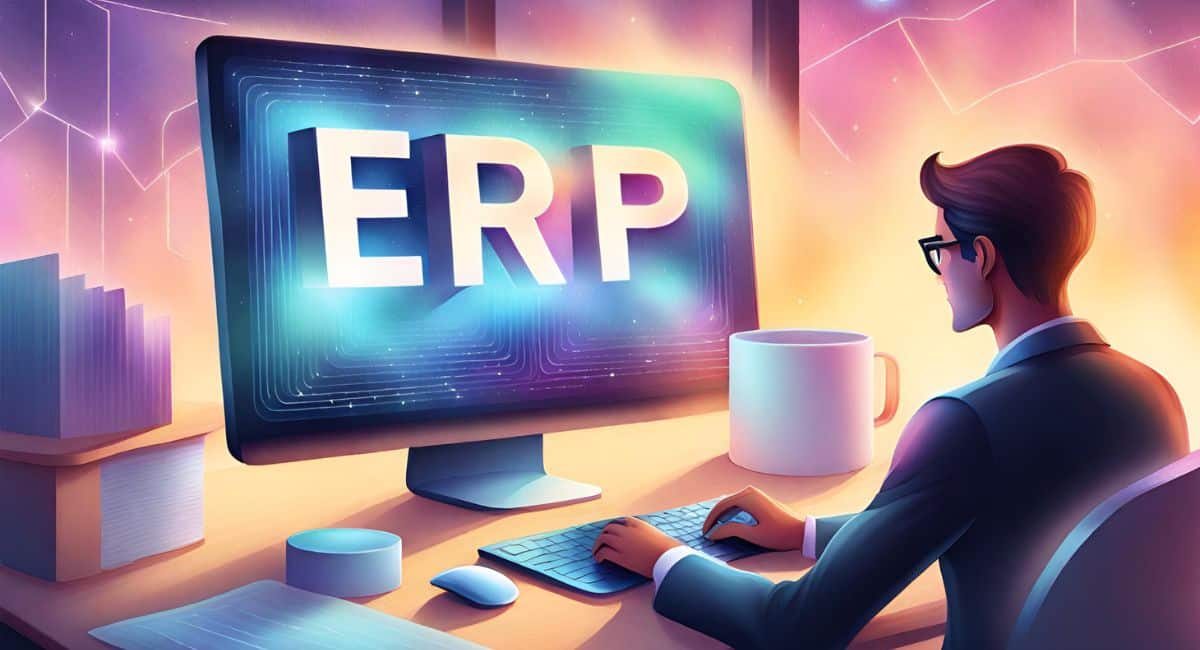
Table of Content:
Table of Content
What is an ERP Implementation Life Cycle?
The ERP implementation life cycle is a structured sequence of phases and activities involved in deploying an Enterprise Resource Planning (ERP) system within an organization. It serves as a roadmap, guiding companies through various stages like discovery, planning, design, development, support, deployment, and training.
Understanding these different phases is crucial for any company to ensure a successful integration of ERP systems that revolutionize business operations by seamlessly integrating various functions like financial management, human resources, sales, and manufacturing.
The complexity of ERP software implementation requires careful planning, execution, and management, with organizations following a well-defined and phased approach to achieve increased productivity and efficiency across their business functions.
The Stages of ERP Implementation Life Cycle
The ERP implementation life cycle is a structured process that companies undergo to successfully deploy an Enterprise Resource Planning (ERP) system. This life cycle encompasses several distinct phases. The duration depends on how much software adjustment is necessary for each company’s needs. By following the ERP implementation life cycle, companies can achieve the desired business outcomes.
Package evaluation
During this crucial phase, organizations conduct a thorough assessment of various ERP software packages. The objective is to identify the one that aligns best with their business requirements, goals, and budget. The comprehensive package evaluation allows companies to make informed decisions and select an ERP system that specifically meets their needs, setting a solid foundation for a successful implementation.
For a transparent ERP data migration pricing scheme, you can click the image below as it serves as a helpful guide in aligning software packages with budget considerations.
Discovery and planning
This initial stage involves defining project objectives, scope, timelines, and resource requirements. The project team collaborates to establish communication channels, identify roles and responsibilities, and create a detailed project plan outlining activities and milestones. Allocation of resources and development of a risk management strategy to address potential challenges are crucial components of the discovery and planning phase.
Gap analysis
Gap analysis is employed to identify and bridge disparities between existing processes and the envisioned future state with the new ERP system. Organizations assess current workflows, systems, and business practices, comparing them against the capabilities and functionalities offered by the chosen ERP solution. This phase ensures a seamless transition by addressing any misalignments and preparing for the subsequent re-engineering process.
Re-engineering
The re-engineering phase involves a comprehensive analysis and redesign of existing business processes to align them with the capabilities and best practices offered by the new ERP system. This step requires a thorough evaluation of current processes, workflows, and organizational structures to identify inefficiencies, redundancies, and areas for improvement, ensuring optimal alignment with the ERP system.
Training
Effective training programs are developed during this phase, tailored to different user groups such as administrators, managers, and end-users. Training covers various aspects of the ERP system, including navigation, data entry, reporting, and system maintenance. The goal is to facilitate a smooth transition for employees, helping them adapt to the new system and understand its functionalities.
Testing
Testing is a critical phase that ensures the functionality, stability, and reliability of the system before full deployment. Comprehensive testing is conducted to identify and address any issues or discrepancies in the ERP system. Thorough testing helps identify and rectify defects, ensures data accuracy, and minimizes errors post-implementation, providing a robust foundation for the subsequent application phase.
Software application
The software application phase is pivotal, involving the actual deployment and configuration of the ERP system. Organizations work closely with ERP consultants or IT teams to install the software, configure it based on specific requirements, and integrate it with existing systems. This phase is a hands-on application of the carefully planned and tested ERP system.
Maintenance
The maintenance phase focuses on achieving long-term sustainability and optimal performance of the ERP system. After the system goes live, ongoing maintenance activities are necessary to address any issues, apply updates or patches, and improve the system based on user feedback and evolving business needs. This phase ensures the continued success of the ERP implementation.
Check out our most updated list of the best ERPs in Singapore, which you can use as guidance in choosing the most suitable ERP system for your business.
Tips for ERP Implementation Life Cycle
These tips encompass key considerations for each phase, ensuring a holistic and effective ERP implementation life cycle:
Thorough planning and discovery
Take the time to plan and discover the intricacies of your organization’s needs during the initial phase. High-level backing, a clear plan, and proper budget and personnel allocation are essential for a solid foundation.
Continuous communication
Maintain regular communication throughout all phases of implementation. Clearly communicate the reasons, goals, and benefits of ERP implementation to the entire organization. Prioritize two-way communication, actively listening to user issues before and after deployment.
Emphasis on support and training
Acknowledge that the deployment date is just the beginning for system users. Allocate adequate resources for technical support, issue resolution, and updates. Prioritize comprehensive end-user training to ensure comfort with the system and understanding of new workflows.
Careful data migration planning
Approach data migration with caution, avoiding indiscriminate migration of all historical data. Use the transition to clean up and rationalize organizational data by conducting a thorough review and addressing obsolete or unnecessary information.
Post-implementation evaluation and optimization
Conduct a comprehensive evaluation of the ERP system’s performance after initial implementation. Measure key performance indicators (KPIs) against predetermined goals to identify areas for improvement. Then, gather feedback from end-users, stakeholders, and key personnel to identify pain points and areas for improvement. Engage with various departments to gain a holistic understanding of system strengths and weaknesses.
Customization, configuration, and training
Tailor the ERP system to meet specific organizational needs, striking a balance between customization and standard features to minimize complexity. Then, provide ongoing training and education for end-users, tailoring programs to different user groups. Offer resources like user manuals and online tutorials for effective system utilization.
Conclusion
Implementing an ERP system is a complex endeavor that requires careful planning, coordination, and execution. The phases includes selecting the right software package and conducting thorough gap analysis to re-engineering processes and providing comprehensive training. Each phase plays a crucial role in ensuring a successful ERP implementation that aligns with business objectives and maximizes the system’s benefits.

After learning about ERP implementation life cycle, you can now spend some time to think about the best ERP system for your company’s needs. Hash Core ERP by HashMicro is among the top in our ERP software recommendation, considering its comprehensive modules and agile capability of customization. Schedule a free demo now and get an NTUC CTC grant up to 70%!





































